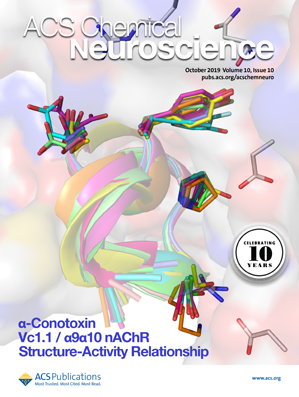Synthesis, Surface Chemistry, and Applications of Non‐Zero‐Dimensional Diamond Nanostructures
IF 4.1
3区 医学
Q2 BIOCHEMISTRY & MOLECULAR BIOLOGY
引用次数: 0
Abstract
Diamond nanomaterials are renowned for their exceptional properties, which include the inherent attributes of bulk diamond. Additionally, they exhibit unique characteristics at the nanoscale, including high specific surface areas, tunable surface structure, and excellent biocompatibility. These multifaceted attributes have piqued the interest of researchers globally, leading to an extensive exploration of various diamond nanostructures in a myriad of applications. This review focuses on non‐zero‐dimensional (non‐0D) diamond nanostructures including diamond films and extended diamond nanostructures, such as diamond nanowires, nanoplatelets, and diamond foams. It delves into the fabrication, modification, and diverse applications of non‐0D diamond nanostructures. This review begins with a concise review of the preparation methods for different types of diamond films and extended nanostructures, followed by an exploration of the intricacies of surface termination and the process of immobilizing target moieties of interest. It then transitions into an exploration of the applications of diamond films and extended nanostructures in the fields of biomedicine and electrochemistry. In the concluding section, this article provides a forward‐looking perspective on the current state and future directions of diamond films and extended nanostructures research, offering insights into the opportunities and challenges that lie ahead in this exciting field.非零维金刚石纳米结构的合成、表面化学及其应用
金刚石纳米材料以其卓越的特性而闻名,其中包括块状金刚石的固有属性。此外,它们还在纳米尺度上表现出独特的特性,包括高比表面积、可调表面结构和优异的生物相容性。这些多方面的特性激起了全球研究人员的兴趣,促使他们广泛探索各种金刚石纳米结构的各种应用。本综述侧重于非零维(non-0D)金刚石纳米结构,包括金刚石薄膜和扩展金刚石纳米结构,如金刚石纳米线、纳米板和金刚石泡沫。它深入探讨了非零维金刚石纳米结构的制造、改性和各种应用。本综述首先简要回顾了不同类型金刚石薄膜和扩展纳米结构的制备方法,然后探讨了表面终止的复杂性和固定目标分子的过程。随后,文章探讨了金刚石薄膜和扩展纳米结构在生物医学和电化学领域的应用。在结论部分,本文以前瞻性的视角探讨了金刚石薄膜和扩展纳米结构研究的现状和未来方向,为这一激动人心的领域所面临的机遇和挑战提供了真知灼见。
本文章由计算机程序翻译,如有差异,请以英文原文为准。
求助全文
约1分钟内获得全文
求助全文
来源期刊

ACS Chemical Neuroscience
BIOCHEMISTRY & MOLECULAR BIOLOGY-CHEMISTRY, MEDICINAL
CiteScore
9.20
自引率
4.00%
发文量
323
审稿时长
1 months
期刊介绍:
ACS Chemical Neuroscience publishes high-quality research articles and reviews that showcase chemical, quantitative biological, biophysical and bioengineering approaches to the understanding of the nervous system and to the development of new treatments for neurological disorders. Research in the journal focuses on aspects of chemical neurobiology and bio-neurochemistry such as the following:
Neurotransmitters and receptors
Neuropharmaceuticals and therapeutics
Neural development—Plasticity, and degeneration
Chemical, physical, and computational methods in neuroscience
Neuronal diseases—basis, detection, and treatment
Mechanism of aging, learning, memory and behavior
Pain and sensory processing
Neurotoxins
Neuroscience-inspired bioengineering
Development of methods in chemical neurobiology
Neuroimaging agents and technologies
Animal models for central nervous system diseases
Behavioral research
 求助内容:
求助内容: 应助结果提醒方式:
应助结果提醒方式:


